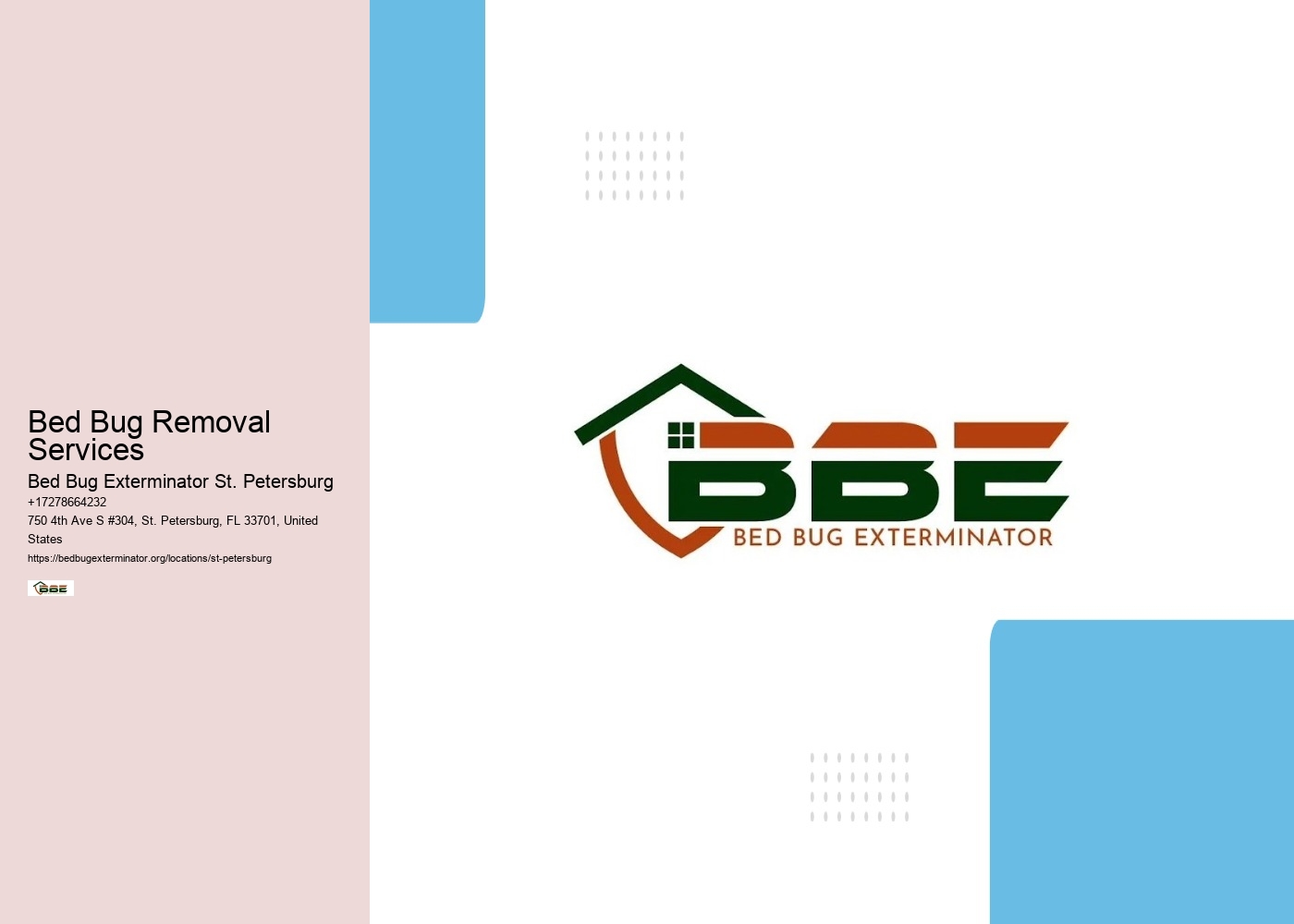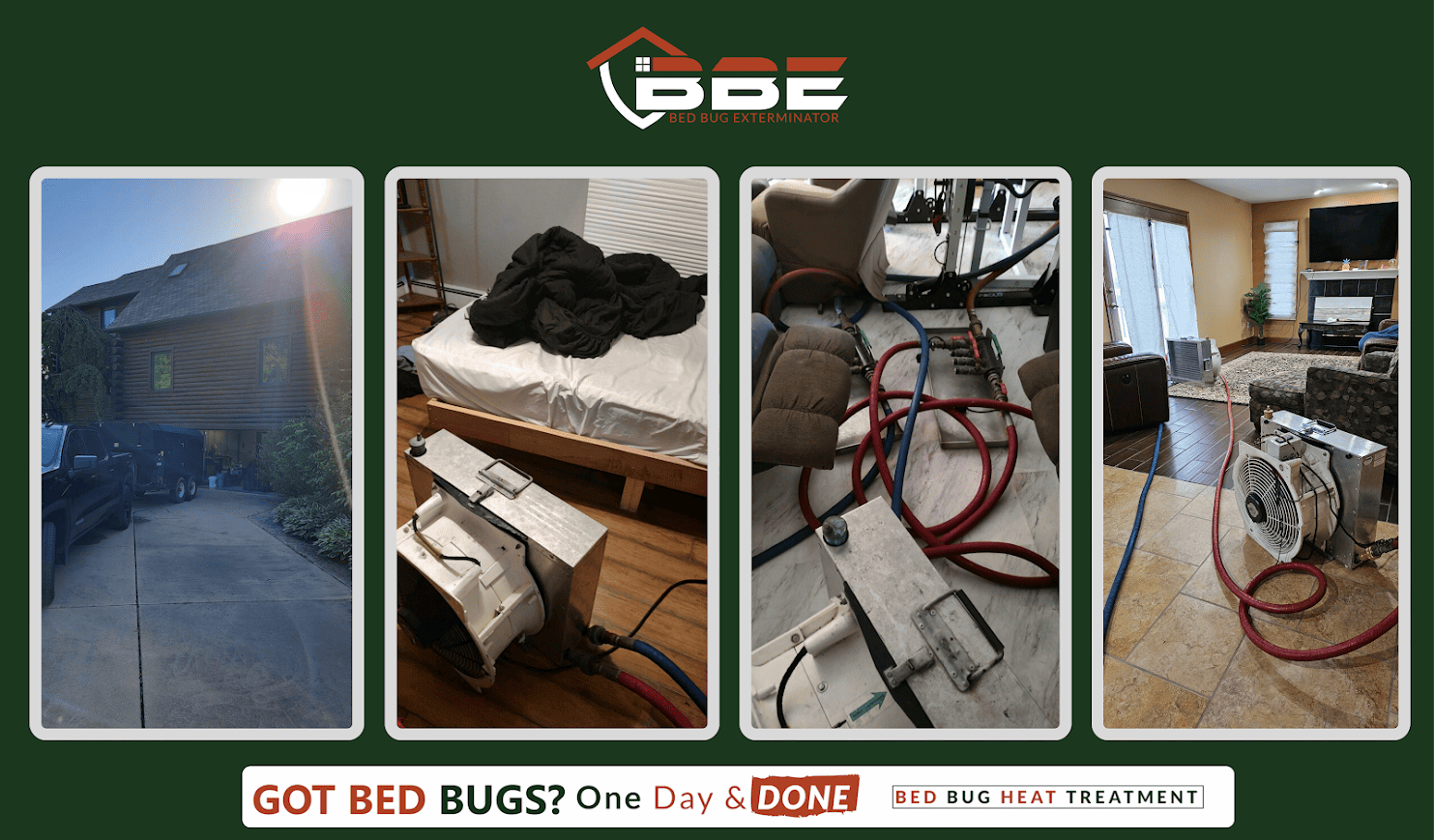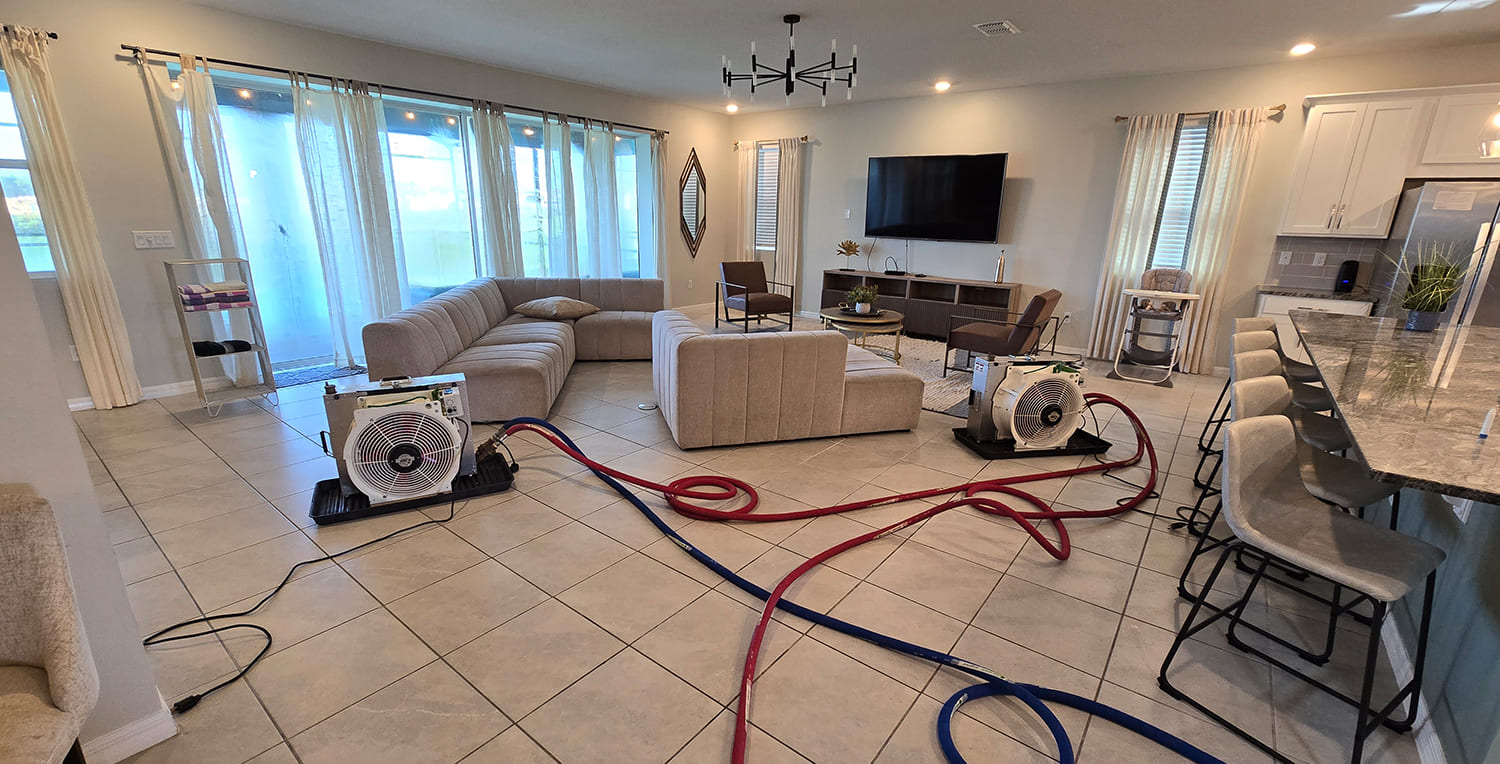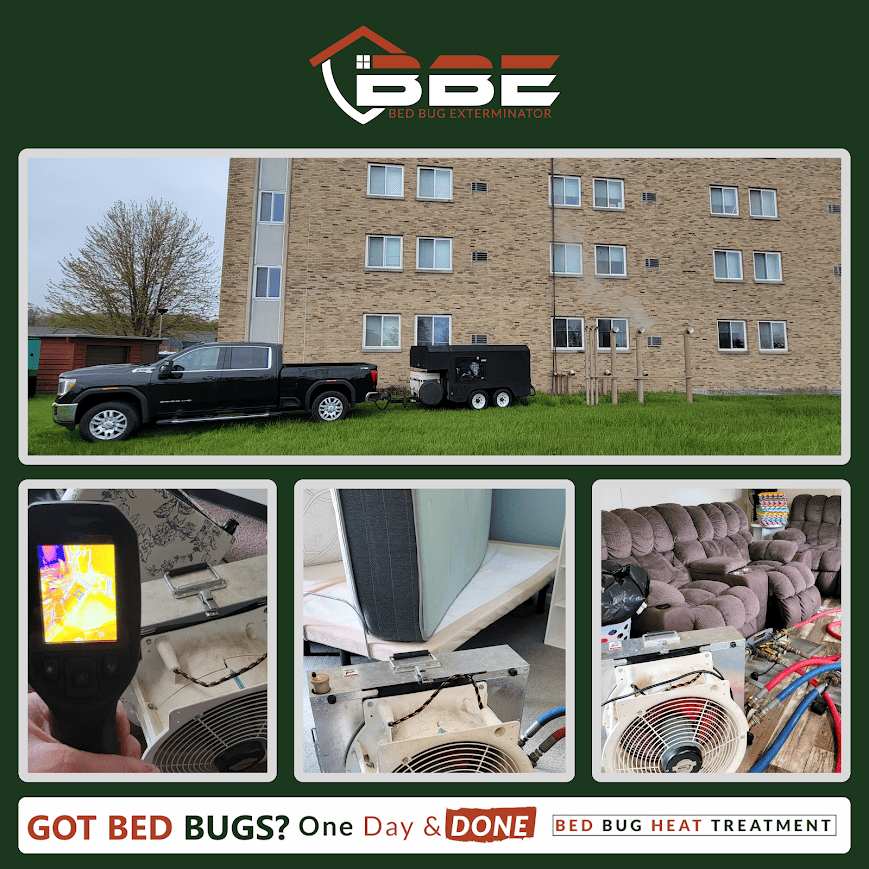

As the demand for environmentally responsible solutions grows, the challenge of effectively managing bed bug infestations presents an opportunity for exploring eco-friendly extermination options.
Utilizing methods such as heat treatments and natural insecticides not only addresses the immediate concern of pests but also aligns with a broader commitment to sustainability.
However, the effectiveness of these methods, combined with integrated pest management strategies and preventative measures, raises critical questions about their long-term viability and impact. What specific approaches can homeowners adopt to guarantee both efficacy and ecological mindfulness in their pest control efforts?
Although bed bugs are often associated with poor hygiene, they can infiltrate even the cleanest of homes, making understanding their infestations vital for effective management. Bed bugs, scientifically known as Cimex lectularius, are small, wingless insects that feed on human blood.
They thrive in hidden spaces, such as mattress seams, cracks in furniture, and baseboards, making detection challenging. Infestations typically begin when these pests hitch a ride on clothing or luggage, allowing them to spread quickly.
Signs of an infestation include bite marks, small blood stains on sheets, and dark fecal spots. Prompt identification and understanding of their behavior are essential, as timely intervention can prevent extensive damage and facilitate a successful eradication process, underscoring the importance of awareness in bed bug management.
Addressing a bed bug infestation requires not only effective strategies but also consideration of their environmental impact. Eco-friendly extermination methods prioritize the use of natural, non-toxic substances, reducing potential harm to humans and pets.
These approaches often result in fewer chemical residues in living spaces, promoting a healthier indoor environment. Moreover, eco-friendly treatments can enhance sustainability by utilizing biodegradable products and minimizing ecological disruption.
Additionally, opting for eco-friendly extermination can improve public perception and enhance a company's reputation, appealing to environmentally conscious consumers. Ultimately, eco-friendly extermination aligns with a broader commitment to sustainability and responsible living.

Heat treatment methods have emerged as a highly effective and eco-friendly solution for eliminating bed bug infestations. This technique involves raising the temperature of infested areas to a lethal level, typically between 120°F and 140°F, effectively killing bed bugs at all life stages, including eggs.
Unlike chemical pesticides, heat treatment does not leave harmful residues, making it a safer choice for families and pets. The process typically requires specialized equipment to guarantee even heat distribution throughout the treated space.
Additionally, heat treatments can often be completed in a single day, providing rapid relief from bed bugs. This method not only addresses existing infestations but also helps prevent future occurrences by eliminating hidden bugs and their eggs in furniture and belongings.
Natural insecticides and repellents are increasingly recognized as viable options for managing bed bug infestations, particularly for those seeking eco-friendly alternatives to traditional chemical treatments. These products often utilize plant-based ingredients, such as diatomaceous earth, neem oil, and essential oils like lavender or tea tree, which can effectively disrupt bed bug life cycles.
Diatomaceous earth works by dehydrating insects, while neem oil disrupts their hormonal systems, preventing reproduction. Essential oils, on the other hand, can repel bed bugs due to their strong scents.
Although natural insecticides may require repeated applications to maintain effectiveness, they offer a safer alternative for households with children and pets. By incorporating these eco-friendly options, homeowners can tackle bed bug problems while promoting a healthier living environment.

Effective management of bed bug infestations often requires a thorough approach known as Integrated Pest Management. This strategy combines tactics to effectively control bed bugs while minimizing environmental impact.
IPM begins with a detailed inspection to identify and assess infestation levels. Following this, non-chemical methods such as vacuuming, steam treatments, and heat applications are employed to reduce populations. If necessary, eco-friendly insecticides may be introduced as a last resort.
Monitoring and evaluation of the treatment's effectiveness are essential, allowing for adjustments as needed. Education on bed bug behavior and biology further empowers homeowners to make informed decisions. By integrating these various strategies, IPM promotes sustainable pest control while safeguarding human health and the environment.
Preventing bed bug infestations is a proactive approach that can greatly reduce the likelihood of an outbreak in homes and businesses. Regularly inspecting sleeping areas, including mattresses and box springs, is essential for early detection.
It is advisable to use protective covers on mattresses and pillows, which can trap bed bugs and prevent them from nesting. Additionally, maintaining a clutter-free environment minimizes hiding spots, while vacuuming frequently can help remove potential pests and their eggs.
When traveling, inspect hotel rooms thoroughly and keep luggage elevated to avoid contact with infested surfaces. Finally, educating residents and employees about bed bug signs and prevention strategies fosters a vigilant community, considerably enhancing overall defenses against these resilient pests.

Bed bugs have shown varying levels of resistance to certain extermination methods, particularly to conventional insecticides such as pyrethroids. Over time, these pests can develop genetic adaptations that render them less susceptible to specific treatments. Consequently, effective management often requires an integrated approach, combining multiple strategies such as heat treatment, vacuuming, and the use of pesticides with different modes of action. Continuous monitoring is essential to guarantee the efficacy of chosen extermination methods.
Bed bugs are primarily a nuisance rather than a direct health threat to humans and pets. While they do not transmit diseases, their bites can cause allergic reactions, leading to discomfort, itching, and secondary infections from scratching. Pets can also experience irritation from bites, although severe reactions are rare. It is essential to address infestations promptly to mitigate discomfort and prevent further issues, ensuring the well-being of both humans and animals in the household.
During bed bug extermination, it is often recommended to vacate your home temporarily. This guarantees your safety and allows the extermination process to be more effective. The duration of your absence may vary depending on the treatment method used, ranging from a few hours to several days. It is vital to follow the exterminator's instructions closely to maximize the treatment's efficacy and minimize the risk of re-infestation. Communication with your pest control professional is essential.